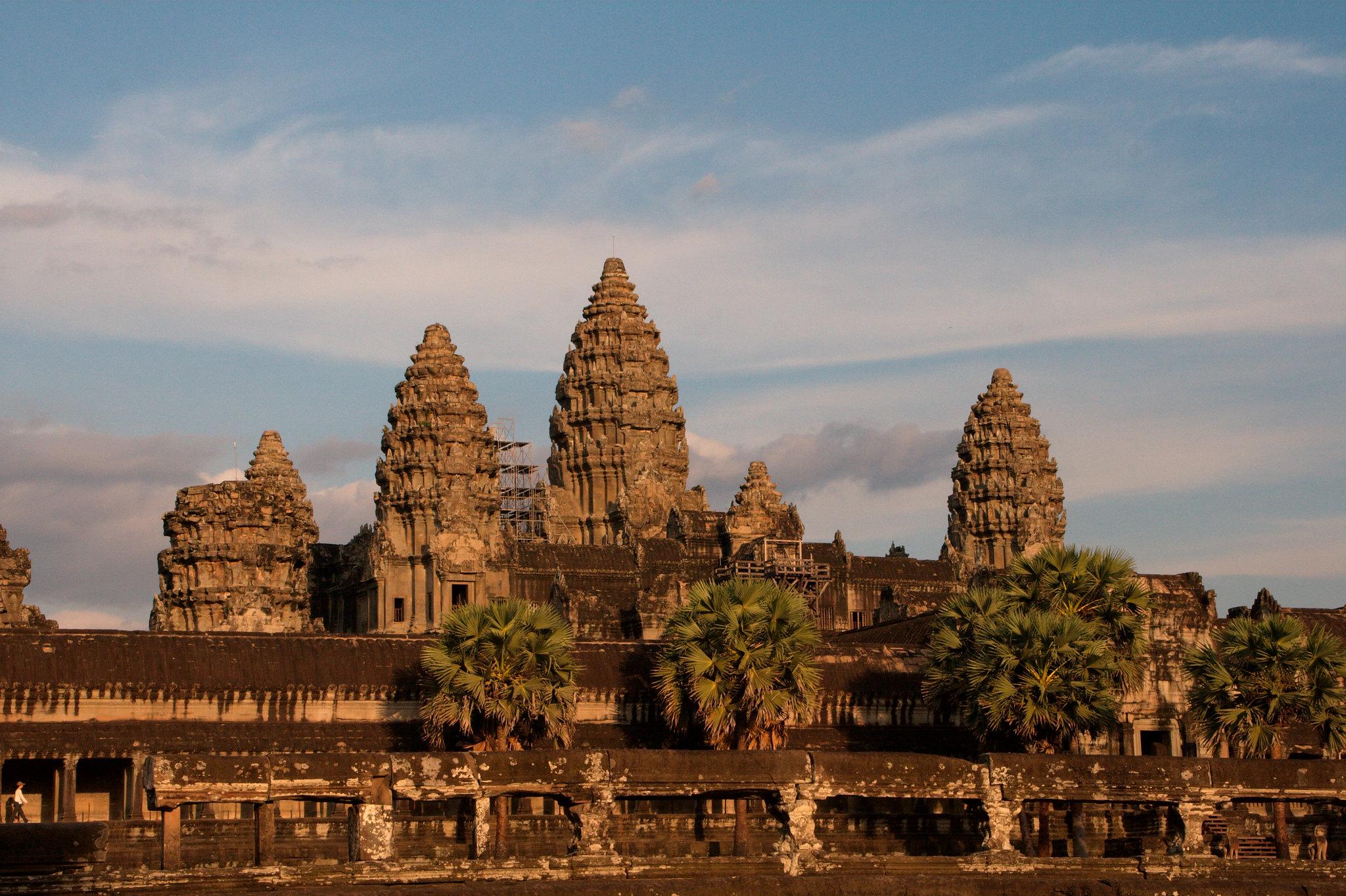New research tracks the famed southeast Asian city’s growth over hundreds of years

At its height in the 13th century, Angkor boasted a population of around 700,000 to 900,000. (Christian Haugen via Flickr under CC BY 2.0)
By Livia Gershon
SMITHSONIANMAG.COM
MAY 12, 2021 2:21PM
During the 13th century, the southeast Asian city of Angkor—known for its famed Angkor Wat temple—was home to 700,000 to 900,000 people, new research suggests. This figure makes Angkor one of the largest cities to exist prior to the modern period. It’s also on par with the size of many current-day cities: Boston, for instance, had a population of about 693,000 in 2019.
As Sarah Cascone reports for Artnet News, a new paper published in the journal Science Advances combines 30 years of excavation data with LiDAR (light detection and ranging) scans to reach the new estimate. The ruins of the city, located in what’s now northwestern Cambodia, are renowned for their stone temples, buildings and infrastructure. Thanks to the scanning technology, archaeologists were able to see remnants of structures and landscape features outside of Angkor’s “downtown” area, including buildings crafted from wood and less durable materials.
“When you are on the ground in the main parts of the city center it is quite forested,” says co-lead author Alison K. Carter, an archaeologist at the University of Oregon, in a statement. “As you walk around you can tell there is something in the landscape around you, but you cannot see anything clearly. LiDAR gave us a beautiful grid of mounds and depressions, which we think were little ponds.”
Per Gizmodo’s George Dvorsky, the researchers examined the mounds surrounding Angkor Wat, discovering that the city’s inhabitants built one house on each of the enormous earthworks. These homes probably housed an average of five people.
More:
https://www.smithsonianmag.com/smart-news/13th-century-angkor-was-home-more-people-boston-today-180977719/
 = new reply since forum marked as read
= new reply since forum marked as read
